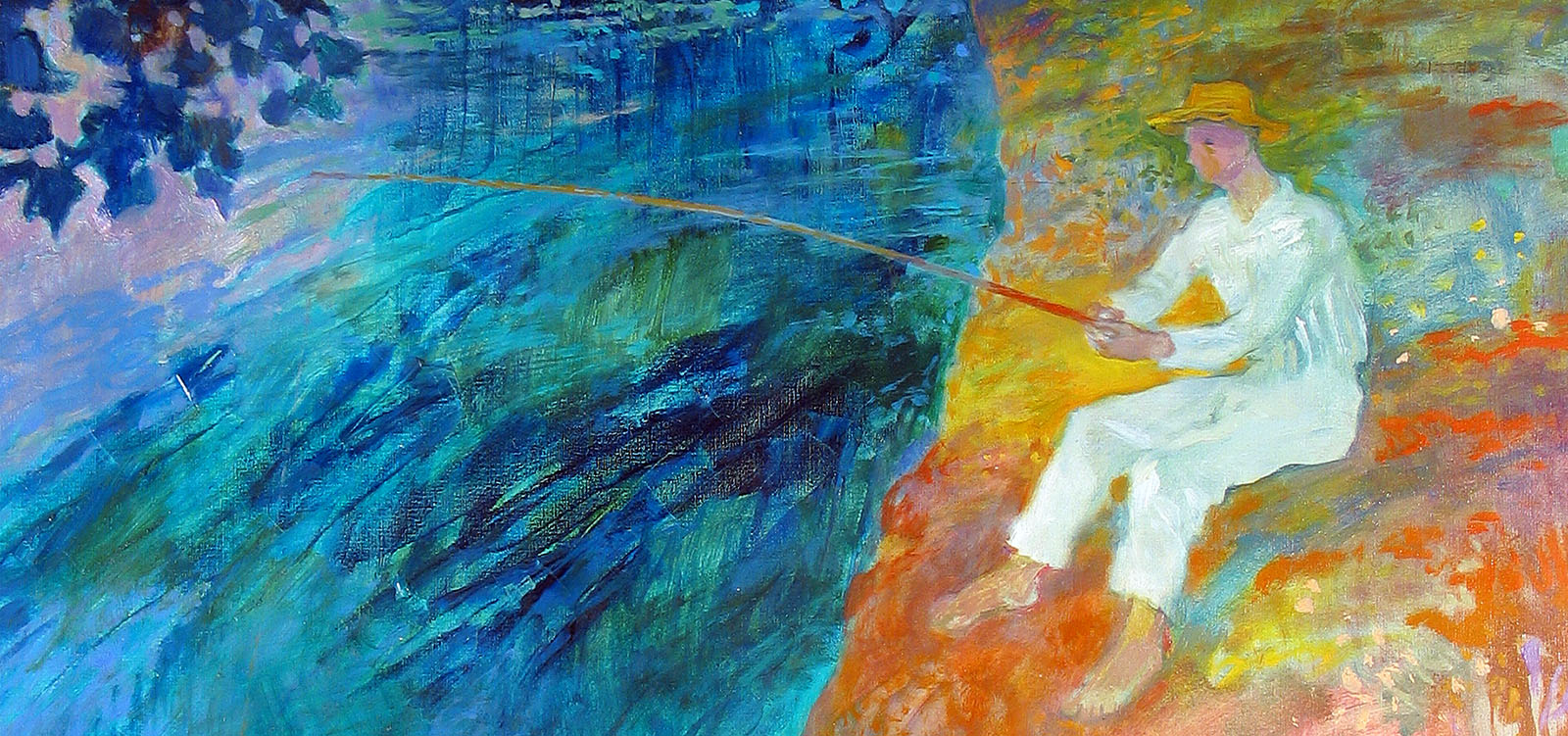
Investing in Art - The Art of Investing

We create art collections

Art Consulting

Arranging art collections

Cataloguing collections of works of art

Consevation of works of art


His mentors were such outstanding professors of painting as Jerzy Fedkowicz and Czesław Rzepiński as well as graphic artists like Andrzej Jurkiewicz, Ludwik Gardowski and Konrad Swinarski.
After the completion of education in the field of painting and graphic art Juliusz Joniak remained at the Academy, going through successive stages of his career as an academic teacher, finally to be awarded the title of full professor in 1996 and appointed Dean of the Department of Painting for the term of office 1978-1981 and then Vice Chancellor of the Academy in the years 1981-1987.
Parallel to his didactic work he was developing as an artist improving his painting skills, seeking and, ultimately, finding his own artistic path.
Juliusz Joniak creates space with colour and daring colour compositions and builds it with sharp lines in dark paint put with a brush on his canvases. He uses the knowledge gained at graphic studios of Gardowski, Jurkiewicz and Srzednicki skilfully and inventively.
"The iron curtain" separating Poland, which found itself in the orbit of the Soviet influence as a result of the Yalta Treaty, from the rest of the world, made trips abroad, including artistic expeditions to the centres of art in Western Europe, contacts with artists and visits to prestigious galleries and museums impossible. Even the purchasing of art albums or catalogues from exhibitions of outstanding artists of the 19th and 20th century was out of the question. Such publications were not imported to Poland, no shops sold them or libraries offered to connoisseurs because the communist authorities promoted only one trend in art, namely the social realism. On the other hand, the price of one album in Western Europe was an equivalent of several of so Polish salaries. However, if an album like this was somehow acquired, it circulated among a large group of enthusiasts and was an object of dreams and desire.
Juliusz Joniak could travel to France only after a change of the political situation in the country in 1957, and then to Italy and Spain in 1975. This is where he saw masterpieces of great masters of European painting in the Louvre, the Prado Museum in Madrid, etc.
The effect of those journeys on the artist was his fascination with Francisco Goya's works. In the 1970s Juliusz Joniak created a cycle of paintings devoted to the portraits entitled "Charles IV with his family", then in 1987 he painted two versions of the diptychs inspired by Eugene Delacroix' "The Algerian Women", which the artist saw in the Prado Museum, and at last three different colouristic paraphrases of Velazques "The Infantas".
In the 1970s and 1980s Juliusz Joniak with his wife Teresa Wallis-Joniak, also a painter, and daughters made a few trips to Greece, Spain and Italy, including Sicily, as well as to Denmark, Sweden and Norway in the company of Jan and Krystyna Szancenbach.
Following the tracks of El Greco they reached Toledo, and looking for traces of Cezanne and Van Gogh they visited the south of France which enchanted them with their astoundingly beautiful views and extraordinary light. Since then the frequency of the artist's trips to Provence, Catallonia with its charming Figueras where Salvadore Dali was born, or Andalusia have grown to become a yearly habit. Hence, his regular visits to Aries, Saint Remy, Moussane, Collioure, Figueras... and in between his short escapades to European museums to see exhibition of the world art of the highest rank.
Juliusz Joniak's holidays are usually reflected in his watercolours and sketches in which the artist seeks to capture the atmosphere of the south expressed not only in views but also in the scents of herbs, wine, earth and oil, and the sounds of splashing water and cicadas. Back home in his studio, on the basis of those water-colours and the memory of his impressions and sensations, the artist composes paintings which are transfused with light, fantastic colours and joie de vivre.
In his studio beside landscapes the artist paints also still-lifes which, according to the art historian, Jerzy Madeyski "(...) are references to reality, usually compositions of the same elements which the artist, preserving the vertical axis, arranges in different manners and paints (...)".
Juliusz Joniak's canvases are in different museums in Poland and abroad, for example, "The Nude in a Fur Coat" dated 1979 is in the Kunsthistorisches Museum in Vienna, "A Landscape from Sicily" dated 1979 in the Tretyakov Gallery in Moscow, and in private collections.
In 1995 Professor Joniak was awarded the highest prize at the 7th Festival in Magne in France, and in consequence he was included among the honorary members of the Academie Europeene des Arts in Paris.
Juliusz Joniak's activities for the benefit of the oldest Polish Society of the Friends of Fine Arts in Kraków (established in 1854) are important for Polish culture. In 1997 he became a member of the reorganized Management Board of the Society and later its Vice President. His contribution to the preservation of the Society and participation in the building of its magnificent role cannot be overestimated.
In 2004 on the occasion of the 150th anniversary of the Society of the Friends of Fine Arts the President of the Republic of Poland awarded him the Officer's Cross of the Order of Polonia Restituta for his services for the country.
The present exhibition which is the third exhibition of Juliusz Joniak's paintings at Pałac Sztuki (the Palace of Fine Arts) is accompanied with the publication of another album which presents his works created in the years 2003-2008.
While expressing my gratitude to Professor Joniak, at the same time I would like to wish him good health and happiness and very many new paintings in the future.
Zbigniew Kazimierz Witek